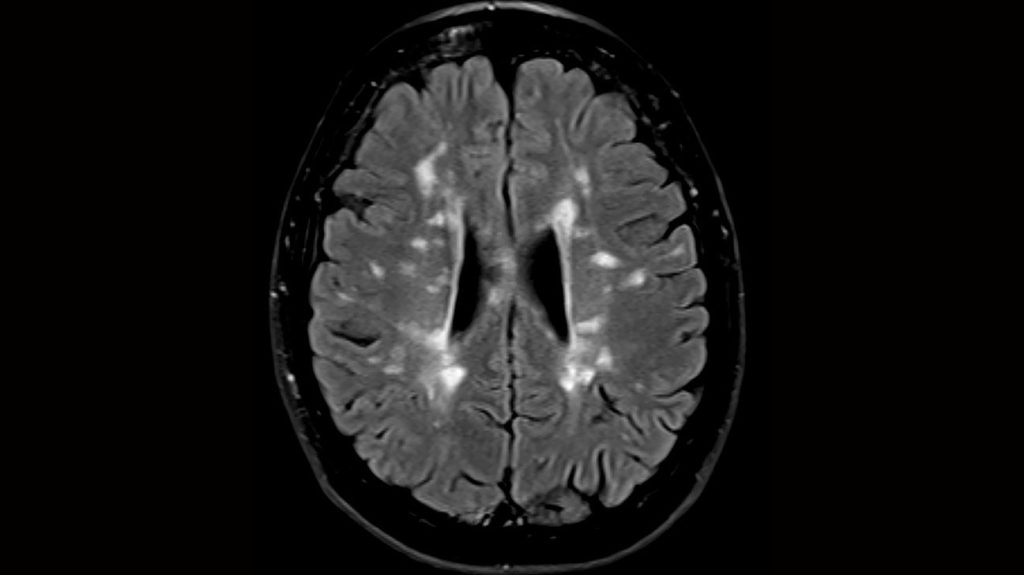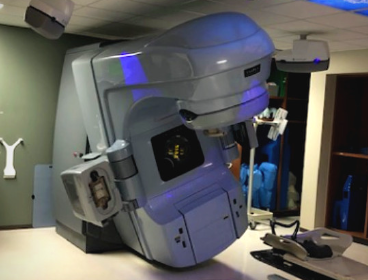Prenuvo has achieved a significant milestone with FDA clearance for its AI-powered Prenuvo Body Composition report, marking a pivotal moment in the company’s evolution. Expanding on this achievement, Prenuvo introduces three major advancements:
- AI-Powered Whole-Body Composition Analysis: This non-invasive platform provides precise, actionable data on visceral fat, subcutaneous fat, liver fat, muscle volumes, and vital abdominal organ volumes. It empowers patients with personalized reports to make informed lifestyle choices and proactive health decisions.
- Innovative Brain Health Scan: Offering critical insights into brain function, cognitive health, and early signs of neurodegenerative conditions.
- Comprehensive Blood Biomarker Assessment: Utilizing a custom panel of tests to deepen insights into metabolic, cardiovascular, hormonal, and immune health, synergizing effectively with imaging data.
These new capabilities are launching immediately under the bundled offering named Prenuvo Enhanced, initially available in Silicon Valley, Los Angeles, and New York, with wider availability in the spring. For those interested, sign up for waitlist notifications at Prenuvo Enhanced Screening.
“Last year showed a clear shift towards proactive health management,” noted Sundeep Peechu, Managing Partner at Felicis. “Prenuvo’s integrated model and advanced screenings position them uniquely to lead this transformation in preventative healthcare.”
In 2024, Prenuvo secured $120M in Series B funding, surpassing 110,000 members and identifying over 1.4 million personalized health insights. This milestone underscores the company’s commitment to early detection and proactive health.
According to Andrew Lacy, CEO of Prenuvo Inc., “Prenuvo is spearheading a movement to democratize proactive healthcare. Our approach to early detection empowers individuals to manage their health proactively, leveraging cutting-edge technology to prevent disease and enhance longevity.”
This initiative isn’t just about healthcare; it’s about redefining our approach to health, enabling people to live longer and healthier lives through innovation and expertise.
______________
RadParts, a TTG Imaging Solutions Company, is the world’s largest independent distributor of OEM replacement parts. We specialize in low-cost parts for repairing linear accelerators and radiation equipment. Our mission is to provide high-quality, user-friendly, low-cost components and support for linear accelerators and radiation equipment. Contact RadParts at 877-704-3838 to learn more.
Written by the Digital Marketing Team at Creative Programs & Systems: https://www.cpsmi.com/.




